Chapter 2. Use of sensors in the Closed Circuit Television Camera (CCTV)
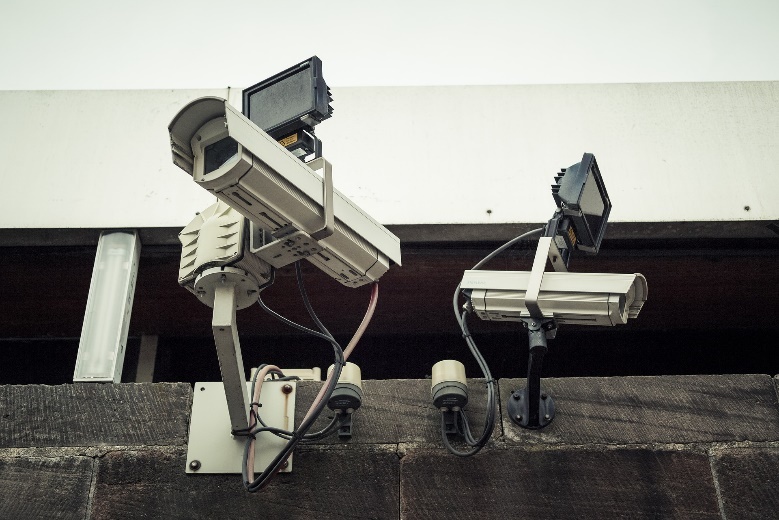
Source: Pixabay
Application of sensors in Closed Circuit Television – CCTV
The history of the use of cameras for surveillance of public or private places dates back to 1985, when a 24-hour public space surveillance system on the Bournmouth beach was used for the first time (Waszkiewicz, 2012). However, cameras have already been installed in public spaces in order to increase the safety of the space.
Currently, cameras and entire CCTV systems are an indispensable element of the functioning of modern places, not only for security reasons, but also due to the desire to optimize many processes.
The CCTV system consists of several basic elements that can be extended depending on the system and its purpose (SAVER, 2013):
- cameras,
- lenses,
- housings and fixings,
- monitors,
- switches and multiplexers,
- video recorders.
Increasingly, CCTV sets are equipped with sensors that allow for the capture of specific signals from the environment and the transmission of images related to them.
Types of cameras used in closed-circuit television
The technology used in the construction of closed-circuit television systems is still developing. There is no doubt that what is new today may, for example, be a standard or even outdated in two years’ time. Nevertheless, knowledge of the different types of CCTV cameras allows you to choose the most optimal. There are a number of criteria according to which industrial cameras can be classified. The most important of them include: type of surveillance system, installation site, technical type of camera, camera construction and application (Systemywizyjne, 2017). Fig. 14 shows the main division of the types of closed circuit television cameras.
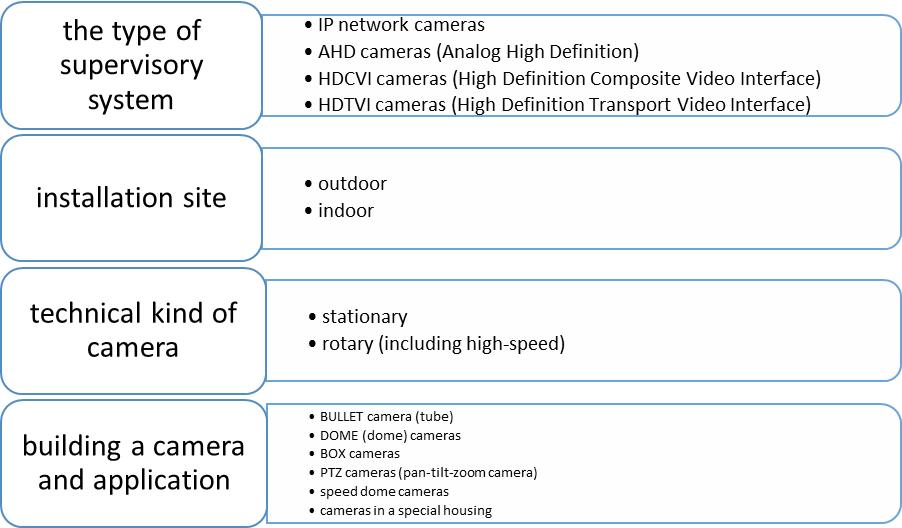
Fig. 14. Types of cameras used in closed-circuit television
Source: (Systemywizyjne, 2017)
In addition to the above-mentioned types of cameras, there are also other types, e.g. thermal imaging or wireless cameras, in which sensor-based solutions were used.
Application of thermal imaging cameras
Thermal imaging cameras are used to measure the temperature of the tested objects recorded in real time. The main purpose of such cameras is to be able to determine the temperature of the tested object. Sensors built into the camera record infrared radiation emitted by the tested object (Fig. 15).
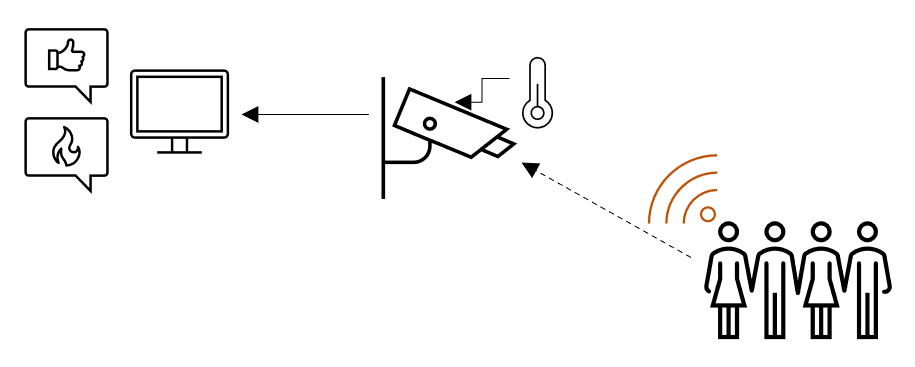
Fig. 15. Diagram of thermal imaging camera operation
Source: own elaboration
Hence, the use of this type of camera is quite wide. Until recently, thermal imaging of buildings was of particular importance in order to calculate heat losses in buildings (Fig. 16) or in transmission installations (Fig. 17) in this way. Currently, due to the COVID-19 pandemic, such cameras are used in public spaces to control the body temperature of people staying in a given room (e.g. at an airport, see: (Goodwin, Middag Alvarez, 2020), Fig. 18)
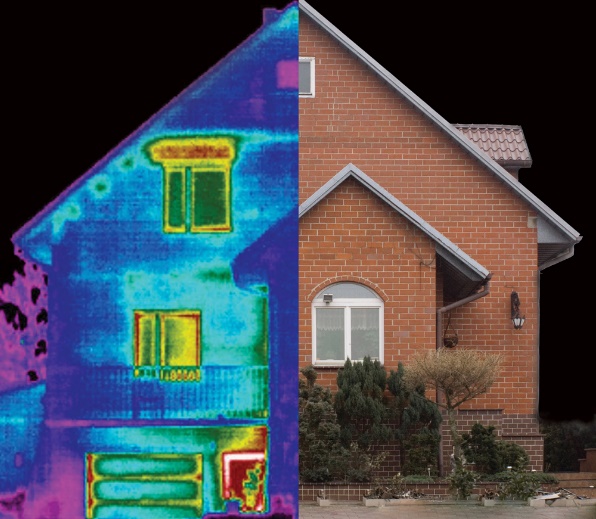
Fig. 16. The effect of the thermal imaging camera – buildings
Source: “File:Termowizja.jpg” by Explorer1001 is licensed under CC BY-SA 3.0
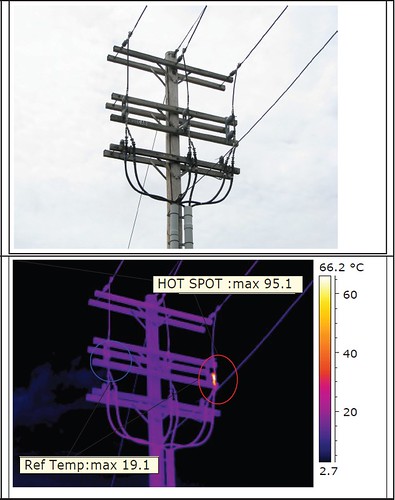
Fig. 17. The effect of a thermal imaging camera – transmission installations
Source: “JCP&L Completes Thermovision Inspections” by FirstEnergy Corp. is licensed under CC BY-ND 2.0
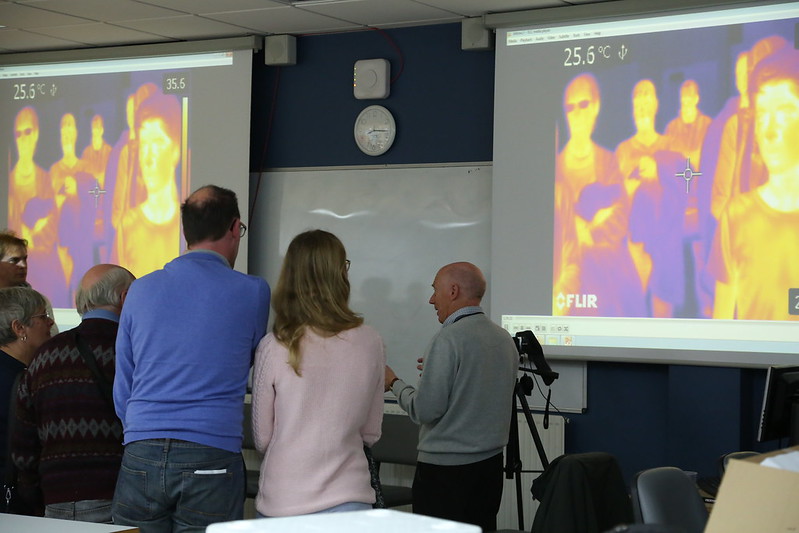
Fig. 18. Effect of thermal imaging cameras – temperature measurement
Source: Leoni kibbey (on Flickr.com)
Thermal imaging cameras are based on the intensity of radiation emitted by the tested object. The result is a colour image where all points of the same temperature are the same colour. However, as with any measurement, its accuracy can be influenced by various factors. One of those that may distort the measurement and lead to an erroneous result is, for example: reflection of radiation from the tested object, which passes through the heat source (Orman, 2011). In this way, the sensor in the thermal imaging camera receives a radiation flux not only from the tested object, and thus warmer. Similar consequences may occur when entering an air-conditioned room (e.g. an airport) straight from an open space with a very high temperature. In this way, the person entering the room can be seen on the monitor as having a higher body temperature. However, it will not be the effect of a potential disease, but the heating of the body as a result of sun exposure. Unfortunately, due to these shortcomings, not all thermal imaging cameras are suitable for measuring body temperature, as most of them have a measurement error of 2 to 5°C (Klonowski, 2020). In this context, it is important to follow a few rules (Fig. 19).
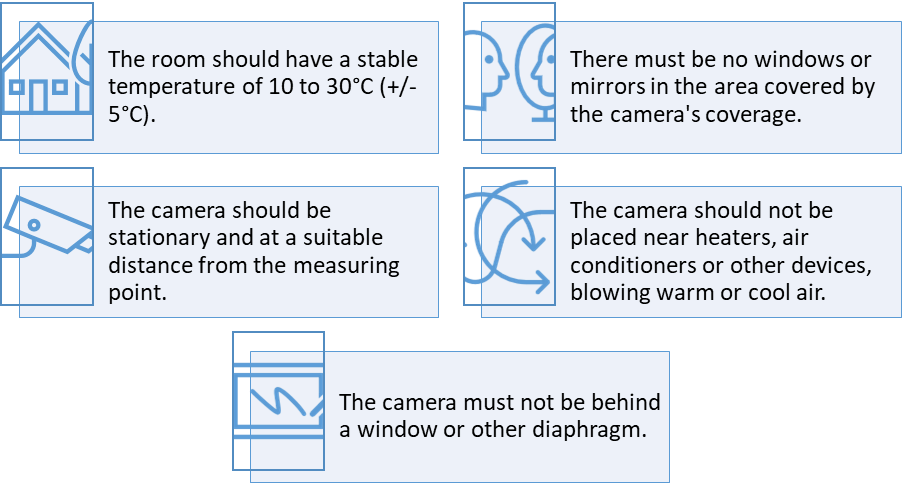
Fig. 19. Principles of locating thermal imaging cameras for temperature measurement
Source: own elaboration based on (Klonowski, 2020)
Thermal imaging cameras are also used to count people entering a given room. This can now be used to monitor compliance with certain restrictions related to the limited number of people in a given room (e.g. commercial spaces) (Systemywizyjne, 2020).
What to consider when choosing a CCTV camera?
Parameters taken into account when using industrial cameras (Gill, Spriggs, 2005):
- Intended goals – CCTV should have clearly defined goals of its application, both if it is protection against external dangers and monitoring the effectiveness of processes taking place inside the room or in a given area. Without a clear indication of what it is intended for, the collected parameters and the information created on their basis will not be useful. The redundancy of goals may also affect the quality of the results obtained. The camera, which is to be used to protect against burglary, should be set differently, and the one that will, for example, monitor the passage of birds next to wind turbines.
- Management – the use of closed-circuit television requires not only setting the goals of its assembly, but also its current use. For the latter to be effective, constant management is needed. In practice, this may mean the need to use the knowledge of technical experts, fully involve end users and appoint an appropriate project manager, i.e. in this case a person responsible for the operation and use of industrial monitoring.
- Density of camera placement, their range and positioning – it will not be possible to identify the optimal location of CCTV cameras without specific goals for its use. In this case, the principle that increasing their number automatically results in better monitoring or will positively affect the provision of specific, necessary information cannot be applied. Sometimes it may turn out that the number of cameras is irrelevant, and the only parameter that plays a key role in a given case is the quality of the recording. The range of the camera is related to the position of the camera and must take into account the nature of the monitored area and the objectives of the CCTV system. CCTV will function differently inside the building, where, for example, the rooms are illuminated in a continuous system, and differently outside, in a heavily wooded area, where there will be no lighting.
- Technical parameters – the type of cameras used (e.g. static or rotating) depends on the specific purpose of CCTV. In addition to the type of camera, the method of mounting is an important technical element. It will depend on whether the cameras will be useful for monitoring live events or they will only serve to reduce the degree of threat (e.g. by deterring people potentially wanting to break in). In the case of PTZ cameras, they provide more options for the operator who will be able to control their field of view. Their operation can also be more interesting, people can also see how the cameras move, thanks to which, for example, you can get the effect of a feeling of being protected. It is also worth bearing in mind how the cameras cope with artificial lighting in situations where there is no daylight, there is no reflex or flare in the recording, or if the artificial lighting is not too dark for the camera. If you want to record video material from the camera, it is worth considering both analogic and digital recording and assess which type will suit the specific purposes of installing industrial cameras.
- Control room operation – when CCTV cameras are used to protect people and property, it is important to consider how camera operators will have access to recordings. Will it be in a continuous mode (which may mean the need to hire an employee observing the recording from cameras in real time and enabling him to perform this work) or in an ad hoc mode (which will result in lower costs, but simultaneous post-factum operation, only after the events).
Additional possibilities of using industrial cameras in video monitoring
You can read about the specific applications of CCTV cameras in the annual IFSEC Global report, entitled The video surveillance report 2019 The cloud, AI, face recognition and Brexit (IVPM, 2019).
(on-line: https://ipvm-uploads.s3.amazonaws.com/uploads/f411/6eee/cctv_report_2019_V13.pdf)
Intelligent vision systems have a number of applications, which you can also read in the publication entitled Intelligent Vision Systems for Industry (Batchelor, Whelan, 2002).
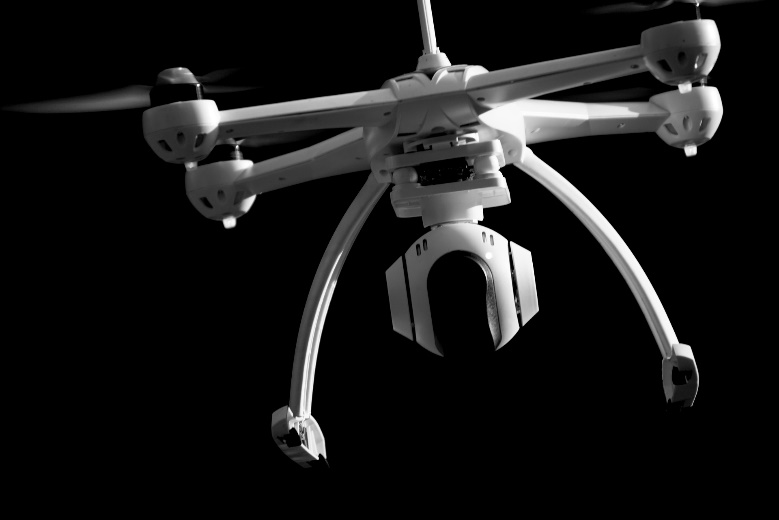
Source: Pixabay

 Ελληνικά
Ελληνικά Polski
Polski Slovak
Slovak Español
Español Lietuvių
Lietuvių Português
Português